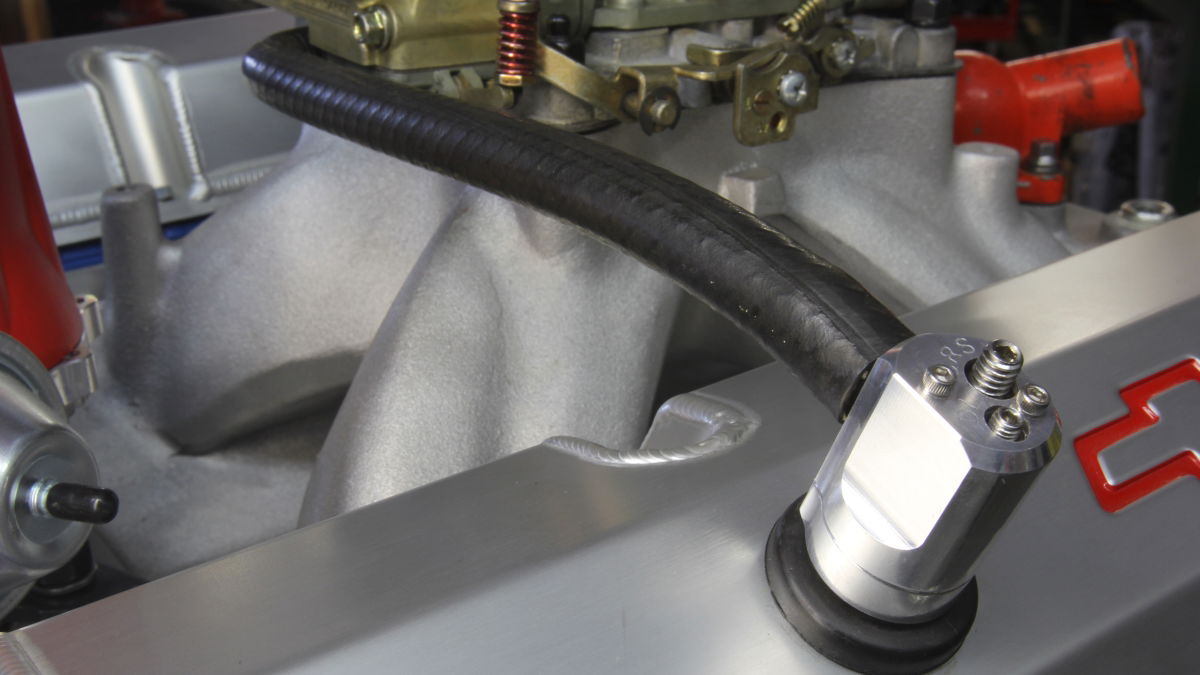What Is 'Rev Hang' And Why Do Petrolheads Hate It?

When you dip the clutch in a car, the revs will drop. This is due to the inertia of the flywheel, and the lack of air going in the intake as the throttle is release. After the gear change is over and the clutch is released, the engine speed will go back up again, meeting the transmission speed.
However, rev hang is when the engine speed doesn’t immediately drop once the clutch is actuated, and instead descends very slowly, as if there were some form of restriction. In extreme cases the engine speed will even rise slightly when the engine and transmission are disengaged.
This obviously isn’t ideal for changing gear. If the engine speed doesn’t drop enough during the process of dipping the clutch, changing gear and then releasing the clutch, the engine speed and the rate at which the flywheel is rotating will be much higher than the speed that the friction plate is rotating at.
This creates a horrible jerk as a braking force occurs when the powertrain and transmission are reengaged and forced to spin at the same speed. This can be frustrating if you’re wanting to perform a quick, slick gear change, as you have to wait for the revs to drop to a reasonable level before upshifting to the next gear to avoid stunted progress.
The cause of rev hang can be put down to the war on emissions. Recently, manufacturers have been intentionally implementing rev hang within ECU programming to save themselves from a potential emissions scandal. When the throttle is released and the clutch is dipped, an ECU with rev hang is programmed to leave the throttle slightly more open than usual.
This strategy is used because it was found that suddenly closing the throttle produced a sudden spike in gas pressure within the crankcase which emphasised the rate of oil vaporisation, thus adding to emissions from the engine. Also, when the throttle is suddenly shut, the fuel mixture suddenly becomes lean which creates NOx (oxides of Nitrogen) which also contributes to emissions.
By keeping the throttle open for a small period of time after the pedal had been released, this pressure spike was avoided and cleaner emissions were achieved. Found most prominently in US-spec vehicles to meet the emission rules over the pond, this pre-programming has frustrated many owners since its development. Rev hang can even be found in Subaru’s WRX STI, along with prominent cases in VW and Hyundai products.
To help eradicate this high pressure within the crankcase, a PCV (positive crankcase ventilation ) valve is used which can reduce the need for a rev hang system when fully functioning. This PCV valve is used to regulate the pressure within the crankcase that can fluctuate to high levels when gear changes occur. In internal combustion engines, it is inevitable that a small amount of ‘blow-by’ occurs, which is when gases from the combustion chamber seep past the piston rings and travel down into the crankcase. The job of a PCV valve therefore is to remove a proportion of the blow-by fumes away from the crankcase, thus reducing the amount of high pressure gas contained within.
Although an intentional rev hang system would go a long way in saving your oil levels and help your car sail through an emissions test, most petrolheads only see it as a hindrance to their driving pleasure. With a quick reprogramming of the throttle body control codes and a bit more competence when it comes to checking oil levels, rev hang can be eradicated and your gear changes can be as smooth and as quick as you desire.
Do you have a car that features rev hang as a setting within the ECU from factory? Let us know your experiences!

Comments
My Sebring does this when you let it shift it’s self which is why I shift it when im driving it hard. It still takes a second to engage but not as bad. Yes it’s an automatic, no im not swapping to a manual because I dont want to replace my clutch 6 times a year to do severe stop and go traffic that i deal with daily.
My mini actually has a horrible rev-hang.
The time this engine needs to calm down makes a correctly executed shift impossible, as it would need to be 4-times slower than i could shift… Rubbish stuff
Good thing I don’t have this problem as my newest car (that I own now but is totalled and left in a garage behind my house) is a 88 mr2 sc
I have some rev hang in my 05 Saab 9-3 not sure of it is due to throttle programming or just the engine, but I’ve driven many cars such as BMWs that have no rev hang and the revs drop quick, and personally I like having some rev hang, it makes for smoother shifts when I’m granny shifting around town
Is the first picture from the dash of a Volvo C70?
2006 NC Miata here. Mine does it but only at certain times. It’s almost as if it stops when the engine warms up fully.
Not really part of the point but Im pretty sure NOx is reduced during lean conditions while CO and HC increases.
GustavoMesquita Sad :(
I have a 2006 Nissan Sentra that hangs a second or two for the first two shifts. The higher the revs, the longer the hang. 3rd to 4th and 4th to 5th are fine. Annoying is an understatement.
My old but gold ‘01 Jetta VR6 sure didn’t have this. Thats the reason i love older cars, but less of this technology that hinders the whole experience. My favourite thing about my Jetta was being able to turn of traction control with one button!
Pagination